CAIRO - 27 July 2019: Since its receipt by Turkey earlier this month, the Russian S-400 missile system has triggered a strong response by its fellow NATO member the United States. Although the measures taken by the latter incurs big losses to the former, Turkey insists on its decision.
Military Affairs Researcher at the Arab Forum for Policies Analysis Mohamed El Kenany explains the reasons behind Turkey’s attempts to acquire both the S-400 and the F-35.

An F-35A Lightning II Joint Strike Fighter takes off on a training sortie at Eglin Air Force Base, Florida in this March 6, 2012 file photo. REUTERS/U.S. Air Force photo/Randy Gon/Handout
Military Ambitions
Kenany clarifies that Turkey’s 2023 Vision is aimed at turning the country into a super power so that its main goals are manufacturing a large portion of its arms, and reinvigorating the economy.
“Turkey is working on a local program to produce the fifth generation or the advanced fourth generation of fighter jets. The target is to produce a prototype of that local fighter jet by 2023,” Kenany explains.
Turkey targets to manufacture and develop Turkish Aerospace Industries' (TAI) TF-X national fighter jet in collaboration with UK's BAE Systems. The deal signed in 2017 is worth £100 million. The TF-X is set to make the first flight in 2025 and to enter service in 2029 or 2030.
Tensions
“Turkey expanded in the region by intervening in Syria, Libya, and Iraq, and by establishing military bases in Somalia and Qatar. It has provoked conflicts with many countries and attempted to build a military base in Sudan,” El Kenany highlights.
Turkey’s relations with some NATO countries, particularly Germany, the United States, and France, have been experiencing tensions over human rights violations and democracy breaches. “There is also the problem of natural gas drilling. Turkey is not part of the 1982 United Nations Convention on the Law of the Sea (UNCLOS),” Kenany adds.
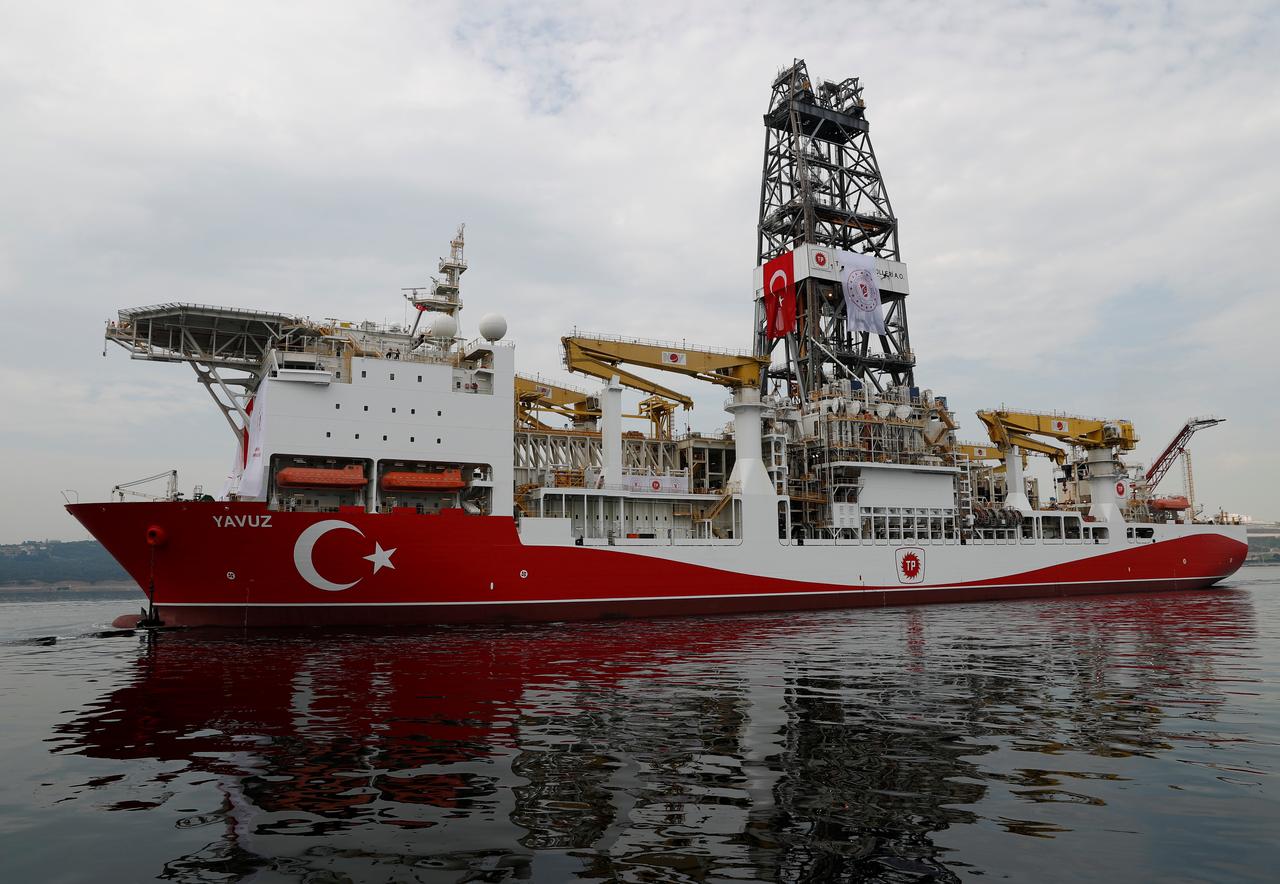
Turkish drilling vessel Yavuz sets sail in Izmit Bay, on its way to the Mediterranean Sea, off the port of Dilovasi, Turkey, June 20, 2019. REUTERS/Murad Sezer
“(Turkish President Recep Tayyip)Erdogan is a very stubborn person. He wanted to possess the strongest weapons in the world for purposes pertinent to those conflicts. On the other hand, (Russian President Vladimir) Putin is one of the smartest people on the planet. He wanted to fulfill the goals of the National Security Strategy amended in 2015 to reinstate Russia’s status in the world,” Kenany says.
Russia’s Motives
“The U.S. naval forces are close to Russia in all directions as they are present in the Black Sea and Dardanelles straits,” Kenany says. The Black Sea is connected to the Sea of Marmara by the Bosphorus Strait, while Dardanelles Strait connects the Sea of Marmara and the Aegean Sea, which is part of the Mediterrenean Sea. “So Turkey is the only path for Russia between the Mediterranean, the Black Sea, and Syria,” Kenany explains.
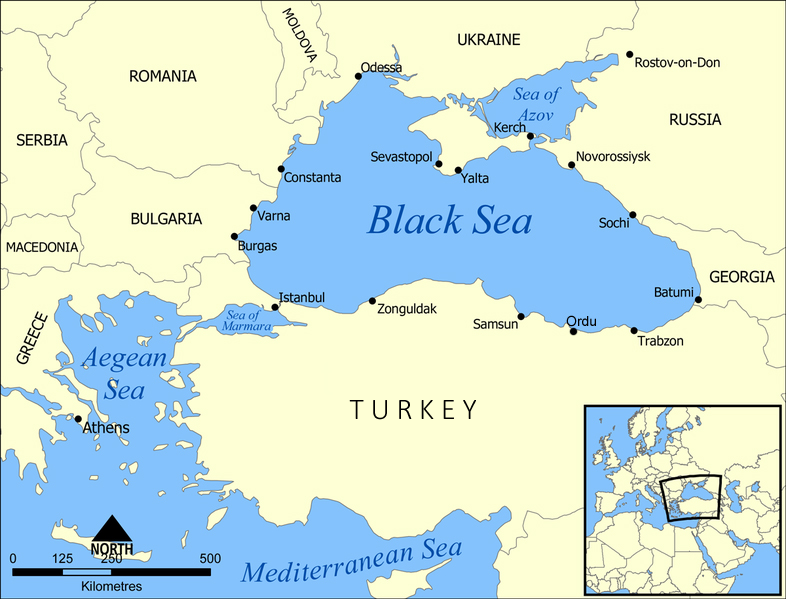
Black Sea - CC via Wikimedia Commons/Norman Einstein
“On November 24, 2015, Turkey brought down an SU-24, and on 19th of December, Andrei Karlov, the Russian Ambassador to Turkey, was assassinated by an off-duty Turkish police officer. However, Russia is pragmatic as Turkey is its first frontline with NATO. Also, Turkey has the second largest military presence in NATO, houses the gas pipeline supplying Russian gas to Europe, and plays the refugees card,” Kenany says.
“Putin wants Turkey to leave NATO on the long-run. That is why he agreed to Turkey's request to acquire the S-400. Russia has already jeopardized NATO since the conflict in Ukraine,” Kenany adds. Ukraine and Russia are among the 20 member states of The Partnership for Peace (PfP) programme aimed at achieving cooperation between NATO and each individual state.
“On the other hand, Turkey’s demand was driven by the United States’ delay to comply with its request to acquire Patriot missiles. Also, France was late to fulfill the country’s request to acquire missile systems,” Kenany says. Turkey wanted larger technology transfers than the U.S. intended to make. Kenany explains that the United States would not approve saying that even Israel receives only the plugin but never the source code of arms it gets.
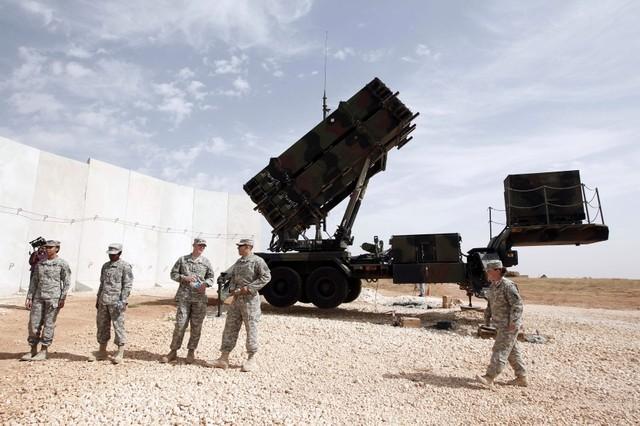
FILE PHOTO: U.S. soldiers stand beside a U.S. Patriot missile system at a Turkish military base in Gaziantep, southeastern Turkey, October 10, 2014.. REUTERS/Osman Orsal
“Hence, Turkey resorted to China and Russia. The S-400 is the most threatening to the F-35 that is initially designed to deter the Russian air defense systems, which constitute the base for Chinese air defense systems. F-35 is designed to substitute many fighter jets including the F-16,” Kenany clarifies.
U.S. Concerns
“Turkey was supposed to manufacture seven percent of the F-35. It has also accumulated experience from manufacturing the F-16. If Turkey acquires both, it may carry out experiments on both systems and use them against each other. As a consequence, it may come up with a new weapon that threatens the points of weakness of both,” Kenany says.
Grim Consequences
“The S-400 is not compatible with NATO weapons and Russian fighter jets cannot be easily integrated into Turkey’s weapon system,” Kenany adds. “The UK may stop the technical assistance to the local program as it is a member of the F-35 program," Kenany speculates.
"In December 2018, the U.S. denied Turkey a certificate to export LHTEC helicopter engines as part of a deal with the Turkish Aerospace Industries (TAI) to sell 30 ATAK helicopters to Pakistan, and this can be done again. Turkey will be hit by big crises as it depends on U.S. and Israeli technologies. Israel is likely to stop such cooperation under U.S. pressure as well,” Kenany says. Light Helicopter Turbine Engine Company (LHTEC) is a joint venture between Rolls-Royce and Honeywell.
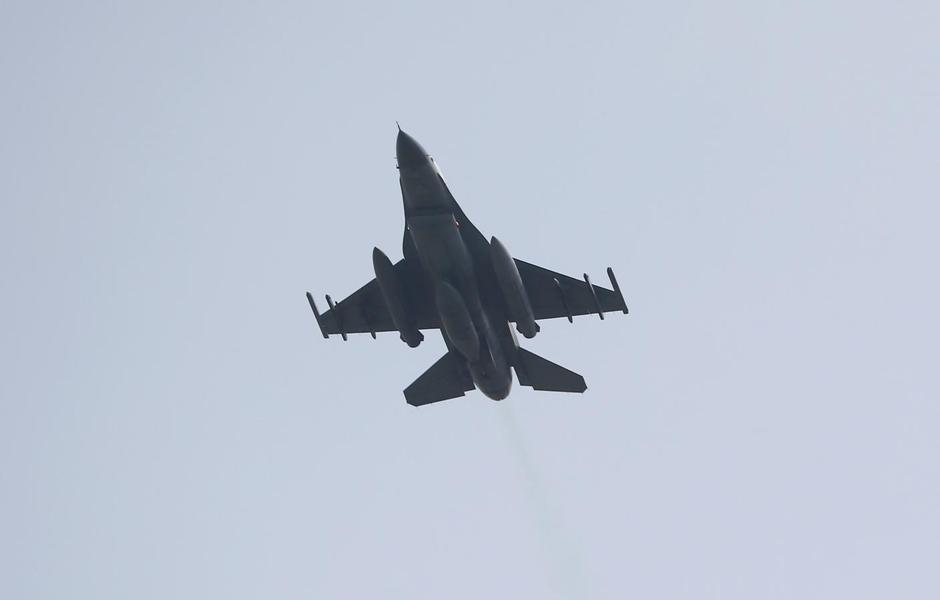
A Turkish F-16 fighter jet takes off from Incirlik airbase in the southern city of Adana, Turkey, July 27, 2015. REUTERS/Murad Sezer
“Turkey stockpiles F-16 parts using the assembly line it has. The F-16 is manufactured in Turkey by a Lockheed Martin license that can be revoked. The country fears that the vital parts may be withheld as well as certain levels of maintenance. F-16 represents the pillar of the Turkish Air Force. It possesses 270 F-16 fighter jets. Meanwhile, the Phantom is about to get out of service,” Kenany says.
However, Kenany estimates that “neither the U.S. nor NATO will impose big sanctions to not lose their interests to Russia.”
Tough Decision
“Erdogan is furious because India and Indonesia got an exception from the (Countering America's Adversaries Through Sanctions Act) CAATSA to procure the S-400. He is stubborn and unpredictable.” Kenany says.
“There are two scenarios. One is that Turkey keeps the S-400, adopt the Russian technology in some uses, gives up the F-35 program and loses the $9 billion it would gain throughout the duration of the program. It will also lose the technology needed for the local program so it would take much longer to be completed and require more costs,” Kenany explains.
"On the long-run, Turkey may leave NATO, although it was among the first states to join the alliance in 1952 three years after its establishment. This a goal that Russia aspires for,” Kenany says.
"The second scenario is that Erdogan simply returns the S-400 to Russia, so his country will then re-join the F-35 program before too much damage is done to its economy and aerospace industry," Kenany adds.
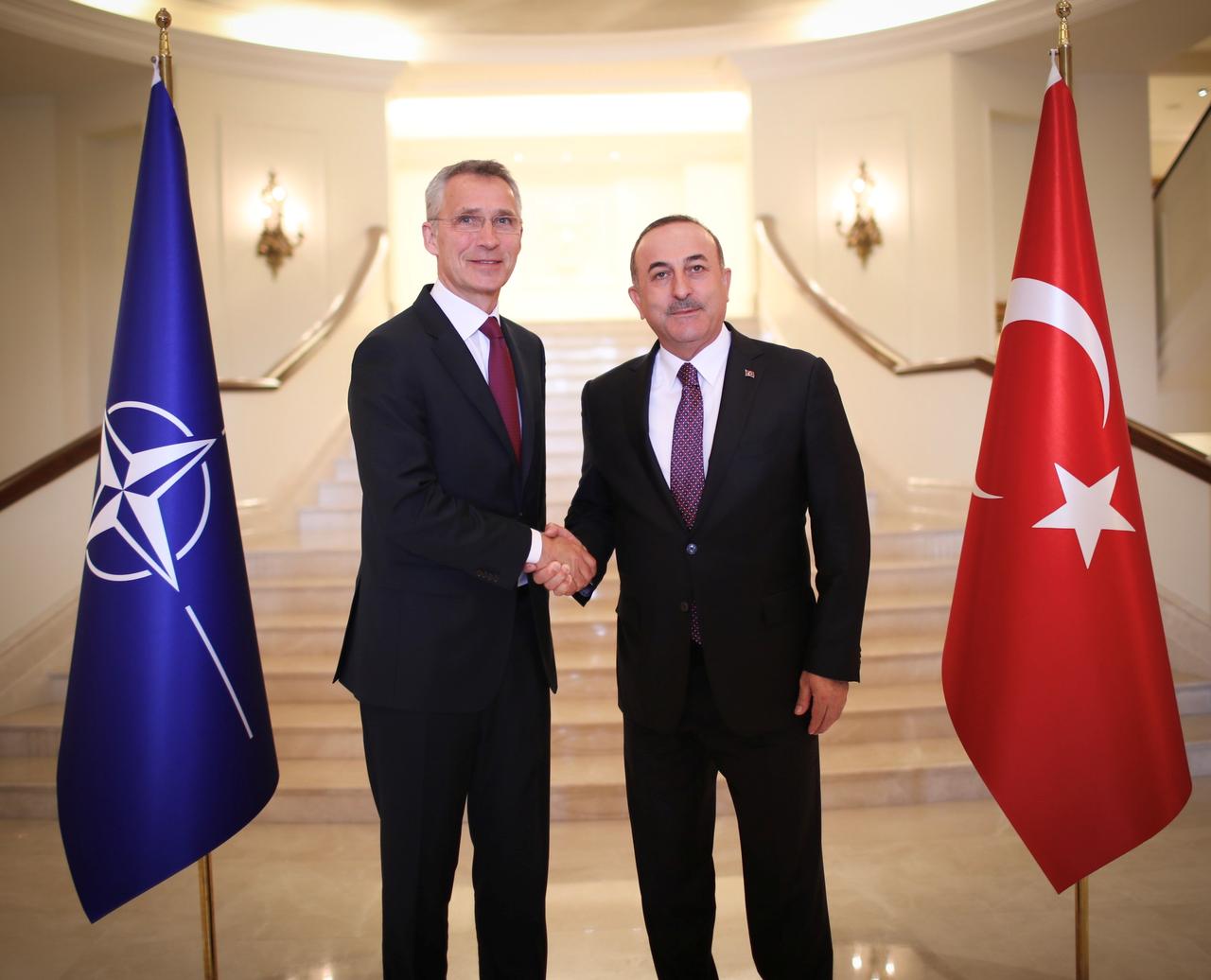
Turkish Foreign Minister Mevlut Cavusoglu meets with NATO Secretary General Jens Stoltenberg in Ankara, Turkey, May 6, 2019. Cem Ozdel/Turkish Foreign Ministry/Handout via REUTERS
The F-35 program is worth $428 billion. The projected life of the jet extends until 2070. Turkey has already produced 1,000 parts of the F-35 and invested a $1 billion in the program. Since 2018, Turkish pilots and engineering staff have been training on four F-35 jets in Arizona’s Luke Air Base so they would be delivered to Turkey later. As the United States has expelled Turkey from the program, those pilots and engineers will return to their homeland on July 31, which is the deadline the former set for the latter in June to cancel the S-400 deal with Russia.
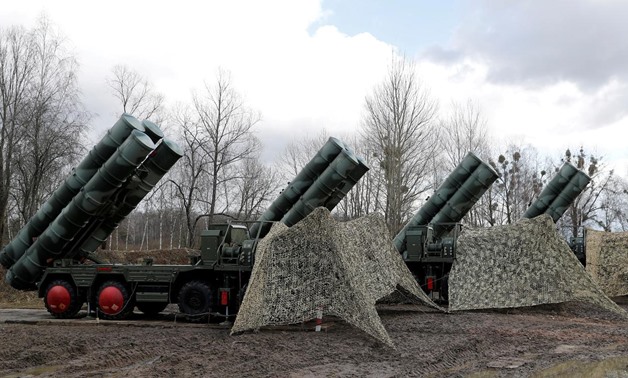






Comments
Leave a Comment